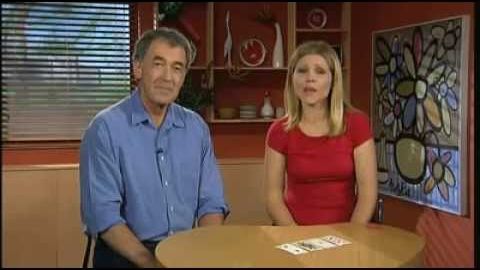
字幕と単語
リビングイングリッシュ 第04話 左から2番目 (Living English - Episode 04 - Second on the left)
00
baymax が 2021 年 01 月 14 日 に投稿保存
動画の中の単語
straight
US /stret/
・
UK /streɪt/
- adj.異性愛者;異性愛の;正直で直接的;真っ直ぐな;きちんとした
- adv.率直に;まっすぐに;すぐに
- n.異性愛者
- v.t./i.まっすぐにする
A2 初級TOEIC
もっと見る turn
US /tɚn/
・
UK /tɜ:n/
- v.i.~歳になる;(変って)~になる : 変化する
- v.t./i.曲がる;向きを変える
- n.(道路の)曲がり角;(順番に回ってくる)担当 : 当番;順番;(予期せぬ突然の)変化
- v.t.(ものを)ろくろ(旋盤)にかけて作る
A1 初級
もっと見る leave
US /liv/
・
UK /li:v/
- v.t./i.去る;残す : (財産などを)残して死ぬ;(ものを)~の状態にしておく;(使用せず)そのままにしておく;残す;~の状態にする
- n. (u.)許可;休暇(期間)
- n. (c./u.)残り物
A1 初級TOEIC
もっと見る エネルギーを使用
すべての単語を解除
発音・解説・フィルター機能を解除
